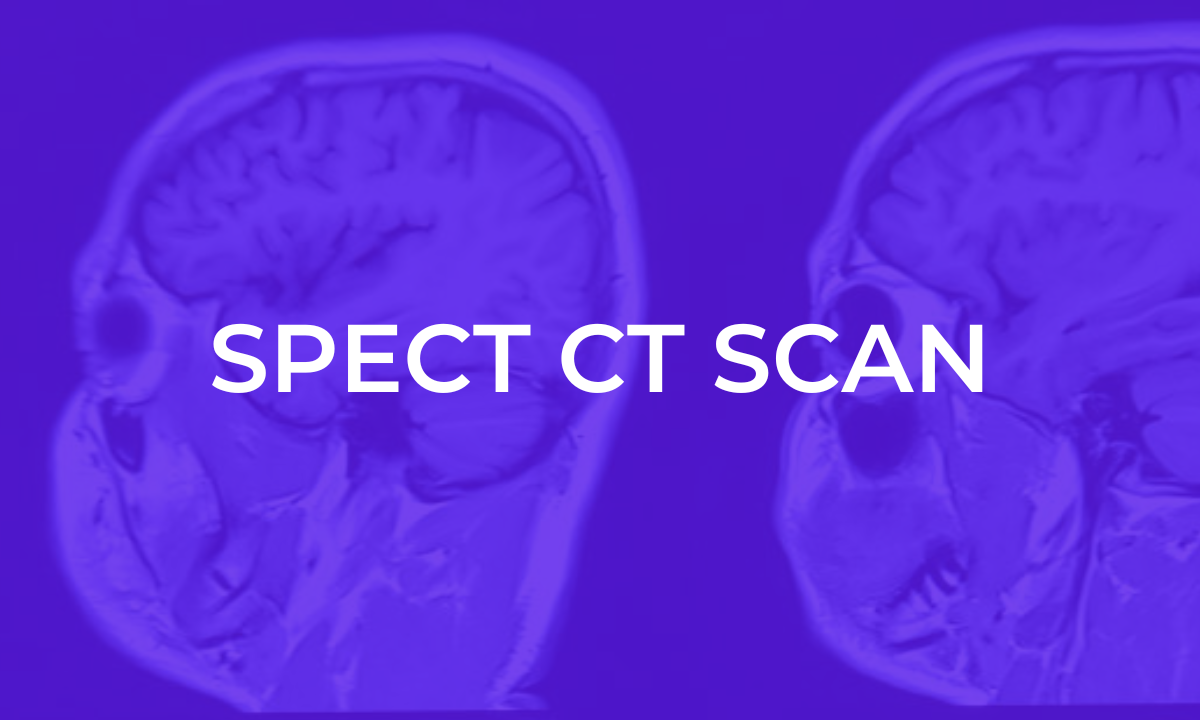Medical imaging is of the highest priority when it comes to identifying a variety of bone diseases, and one of the most popular among them is the MDP bone scan. It is used to identify bone defects, fractures, infections, and even cancerous tumours at an early stage. In this in-depth guide, we will provide information about Methylene Diphosphonate Bone Scans, their uses, procedures, advantages, and how to get an MDP scan in Bangalore.
What is an MDP Bone Scan?

An MDP bone scan (Methylene Diphosphonate Bone Scan) is a nuclear imaging procedure that assesses the well-being of bone. A radioactive tracer, technetium-99m methylene diphosphonate (Tc-99m MDP), is injected intravenously into the patient’s blood.
The tracer adheres to bone tissues, and a special camera takes readings of radiation emitted by the tracer to generate detailed images of bone structures. This is a sensitive scan and detects any abnormality before X-rays or MRI scans, thus becoming a favourite diagnosis method for bone ailments.
How does an MDP Bone Scan work?
The Methylene Diphosphonate Bone Scan function in three stages:
- Injection of Radiotracer – A trace amount of Tc-99m MDP is administered intravenously, typically in the arm.
- Waiting Time – The patient waits for 2 to 4 hours for the circulation and absorption of the tracer within the bones.
- Imaging Procedure – A gamma camera records the radiation of the tracer and offers precise images of bone metabolism.
Why is an MDP Bone Scan Done?
Doctors prescribe an MDP scan for a broad range of reasons, such as:
- Detection of Bone Fractures – It detects invisible hairline fractures or stress fractures on X-rays.
- Cancer Detection – It detects bone metastasis (spreading of cancer to the bones).
- Infection Diagnosis – It detects osteomyelitis (bone infection).
- Arthritis Assessment – It detects the severity of arthritis and other joint diseases.
- Bone Tumor Evaluation – It detects benign and malignant bone tumours.
What to Expect During an MDP Bone Scan?
Preparation for the Scan
- There are no pre-procedure preparations.
- The patient needs to remain well-hydrated to facilitate the flushing of any remaining tracer from the body after the scan.
- Jewellery and other metallic items need to be removed.
During the Scan
- Radiotracer is injected into a vein.
- The patient may be asked to return 2-4 hours later for imaging.
- The gamma camera captures images as the patient remains in a recumbent position on the scanning table.
After the Scan
The patient is instructed to drink plenty of water to expel the radiotracer from the body. A daily routine can be followed unless instructed.
MDP Scan Facilities in Bangalore
Many top diagnostic centres and hospitals provide MDP scans in Bangalore. While choosing a centre, consider the following points:
- Accreditation and Certification – Ensure accreditation by respected medical boards.
- Experienced Radiologists – Choose qualified professionals who have expertise in nuclear medicine.
- Latest Equipment – High-definition imaging equipment enhances precision and diagnosis.
- Patient Reviews and Recommendations – Search for other patients’ recommendations for good services.
Benefits of MDP Bone Scans
The Methylene Diphosphonate Bone Scan has many advantages, making it the most sought-after diagnostic tool for bone diseases.
1. Extra Sensitivity to Bone Abnormalities
MDP bone scans can detect the most minute deviation in bone metabolism, which may be impossible to determine using traditional X-rays or CT scans.
2. Early Detection of Cancer
The scan is highly effective in early detection of cancer spreading in the bones, and thus the treatment can be begun on time.
3. Helping in Diagnosing Arthritis and Infection
By tracking upped bone activity, doctors can diagnose diseases like osteomyelitis (bone infection) and rheumatoid arthritis.
4. Safe and Non-Invasive Method
MDP bone scans are non-invasive and safe with little radiation exposure in comparison to other imaging procedures.
Limitations
Even though MDP bone scans produce great images, there are some limitations:
- Not always disease-specific – A positive scan may be followed by other tests (MRI or biopsy) for confirmation.
- Radiation exposure – Even though minute, radiation exposure needs to be accounted for, particularly in pregnant females.
- Waiting time – The patient needs to wait a few hours between injection and scan.
How to Prepare for an MDP Bone Scan?
- Wear loose comfortable clothing.
- Drink lots of water before and after the test.
- Notify your physician if you are pregnant or breastfeeding.
- Remove jewellery and metal items before the procedure.
Conclusion
A Methylene Diphosphonate Bone Scan (MDP Bone Scan) is an advanced and effective diagnostic tool for detecting bone fractures, infections, arthritis, and cancer metastasis. With specialized SPECT scan in Bangalore, patients can access high-quality nuclear imaging services for accurate diagnosis and timely treatment.







